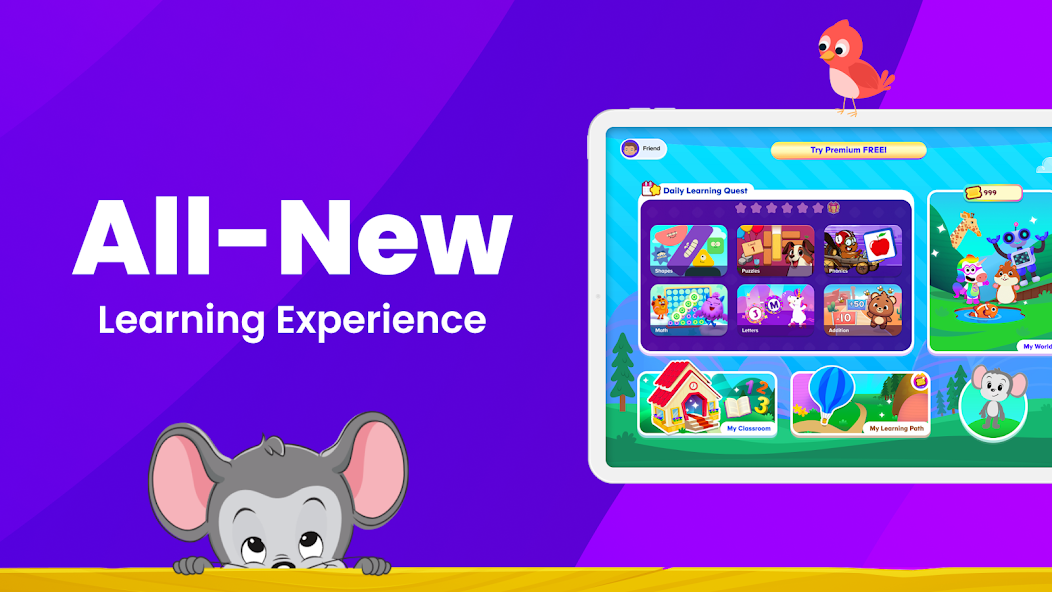Kids see letters as shapes, numbers as rhythm, clouds as creatures and life as magic. And while every generation has its own tools to support that magic, today’s kids are growing up in a world where screens are not just entertainment, they’re also windows.

But not every screen is created equal. Some dull the spark. Others fan it.
More and more parents are turning to a kids learning app to add another layer to their child’s world, one that’s interactive, intuitive, and full of possibility.
1.The Gentle Entry: Learning Through Play
For most parents, the real goal isn’t to raise prodigies — it’s to raise curious kids. Children who ask “why?” a hundred times before lunch. Kids who find joy in patterns, puzzles, and stories that don’t always end neatly.
That’s where a thoughtfully designed learning app for kids shines. It doesn’t teach with pressure. It teaches through rhythm. Through repetition that feels like a game, through colours that feel like conversation. It keeps things light because learning, at its best, is never heavy. You’re not handing your child a syllabus. You’re handing them a playground, one where numbers jump and letters dance.
2.Alphabet Learning Isn’t What It Used to Be (Thank God)
Remember when alphabet learning meant reciting A to Z until your throat went dry? Now imagine a tiny lion roaring when your toddler taps “L.” Or a cartoon astronaut zooming through “A for astronaut,” complete with stars and giggles.
That’s what digital alphabet learning brings a way to make letters mean something. It’s not rote. It’s relationship-building. Between symbols and stories. Between letters and lived experiences.
And for the child who struggles to sit still, who doesn’t respond to flashcards or songs? Sometimes, it’s the screen that finally speaks their language.
3.Not Just Learning — Understanding
The best educational apps for kids don’t just teach facts. They teach process. They adapt to pace, to mood, even to hesitation. They grow with your child. Whether your kid is into animals, space, music, or movement, these apps meet them there.
4.Technology, When It Feels Like Trust
Not every parent is excited about screen time, and rightly so. But there’s a difference between passive scrolling and guided exploration. Between zoning out and zooming in. And the right kids’ learning app makes that distinction clear. It gives parents tools to track progress. Let’s kids pick paths. And builds an environment where curiosity doesn’t just survive; it thrives. What matters isn’t that the learning happens on a screen. What matters is that it feels alive.
5.Final Thought: A Different Kind of First Step
Your child’s first learning experience doesn’t have to be a classroom. It can be a kitchen conversation, a walk in the rain, or a glowing screen showing them how to write their name. And if an app can be part of that, if it can help your child feel seen, excited, understood, then maybe the future of learning isn’t something to fear. Maybe it’s something to co-create. With intention. With love. With a little help from technology that remembers what it’s like to be small and curious, and is still learning how the world works.